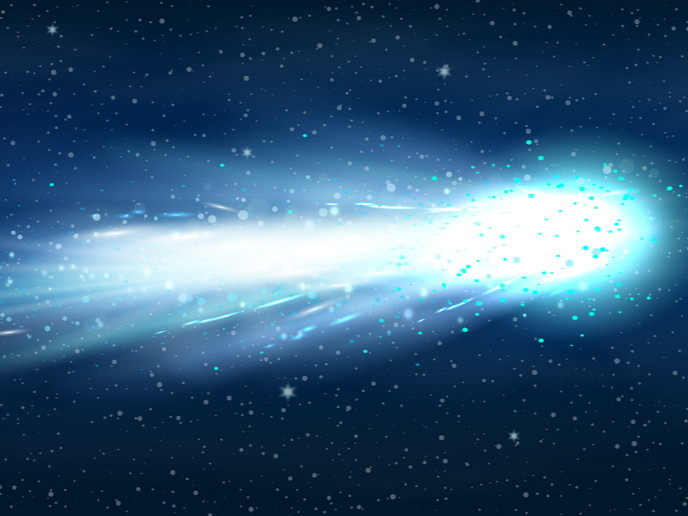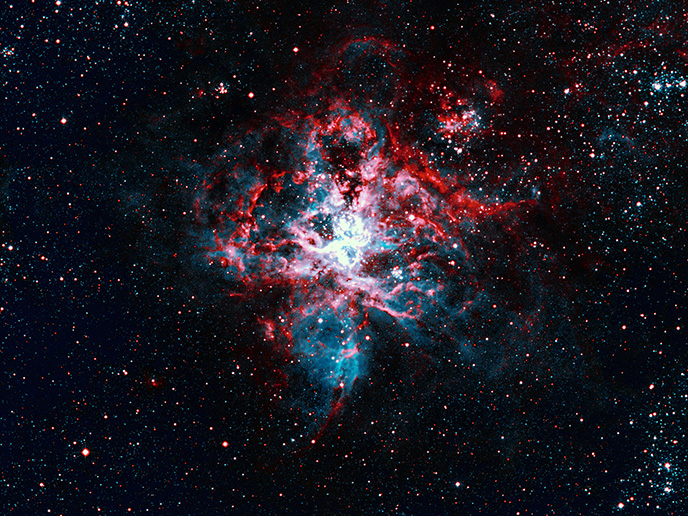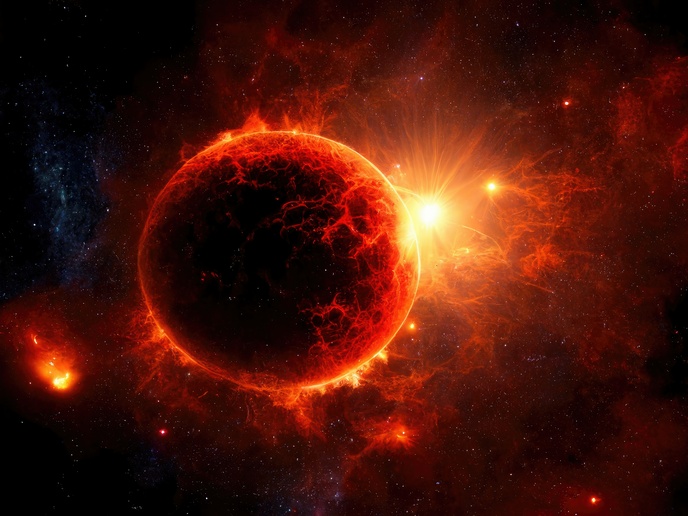Isotopic makeup of meteorites sheds light on the early solar system
The most interesting aspect of a meteorite might seem to be the spectacular light show it creates when it breaks through the atmosphere, appearing as a glowing ball of fire. However, cosmochemists have been studying meteorites because they contain a record of the very early history of the solar system that traces back some 4.6 billion years. Meteorites contain information about how the solar system evolved into the Sun and planets of today. Certain meteorites provide clues to the proportions of the elements present in the solar system as a whole. Measuring the isotope abundance variations in meteorites serves as a proxy for the timescale of the assembly and differentiation of planetary bodies in the young solar system. “Combining data on radioactive dating and isotope composition in meteorites allows us to better understand where the first materials that formed in the early solar system came from and how they assembled to form planets,” explains Martin Bizzarro, project coordinator of the EU-funded stardust2asteroids project. “The concept of isotopic analysis in meteorites is similar to using DNA to understand human evolution. Every planet or asteroid has a certain isotope signature. For example, Earth and Mars have distinct compositions for elements like calcium and titanium, meaning that they form from different precursor materials,” adds Bizzarro. This approach allows us to trace the precursor materials on planets in both space and time.
Chondrules – a window to the dawn of planet formation
The oldest and most pristine meteorites are called chondrites. Nearly all of them feature tiny spherules inside them called chondrules. These millimetre-sized objects that were formed from free-floating dust particles in the protoplanetary disk are believed to represent early kernels of planets. In their new research published in the journal 'Science Advances', the stardust2asteroids team determined the chronology of chondrule formation based on isotopic analysis. They showed that chondrules formed within the first million years of the formation of the Sun and their recycling and outward mass transport occurred during the whole lifetime of the protoplanetary disk. Project findings confirm that chondrules are amongst the oldest solid materials found in the solar system that also fuelled the rapid growth of planets. Variations in the isotopic composition of calcium in the inner solar system can be used to study the relationship between meteorites and the rocky planets. Calcium isotopes are involved in the formation of rocks, and because of that, they offer clues on planet origin. In research published in 'Nature', the project team found that calcium isotopic ratios in samples correlated with the masses of their parent planets and meteorites. This provides evidence that rocky planets have formed through chondrule accretion during the first five million years of the formation of the protoplanetary disk. In other research published in the 'Proceedings of the National Academy of Sciences', scientists showed that metal-rich carbonaceous chondrites were formed in the outer region of the solar system where meteorites exist. These meteorites offer a snapshot of the early solar system and show that the building blocks of life on Earth come from outer space. The stardust2asteroids project furthered our understanding of the origin of matter and how it helped form planets in our habitable solar system. “The success of our efforts lies in our advanced techniques that allowed us to measure the isotope composition of rare extra-terrestrial material with the highest precision possible,” concludes Bizzarro.







